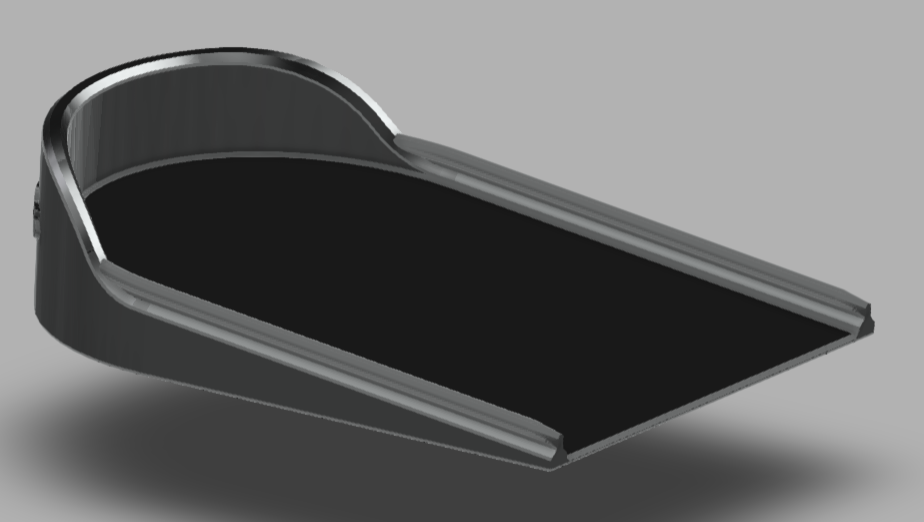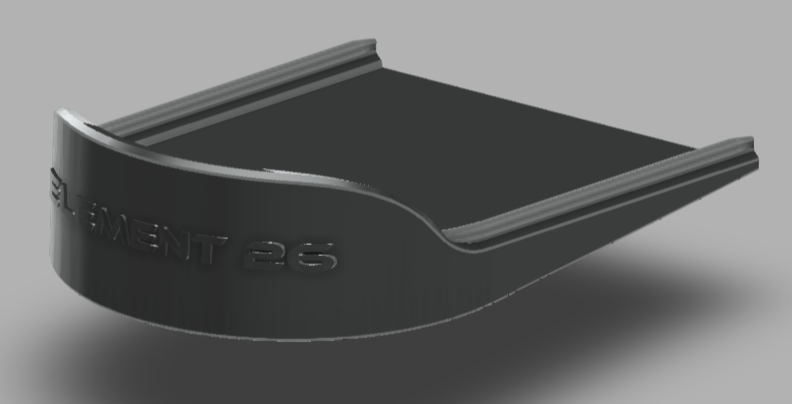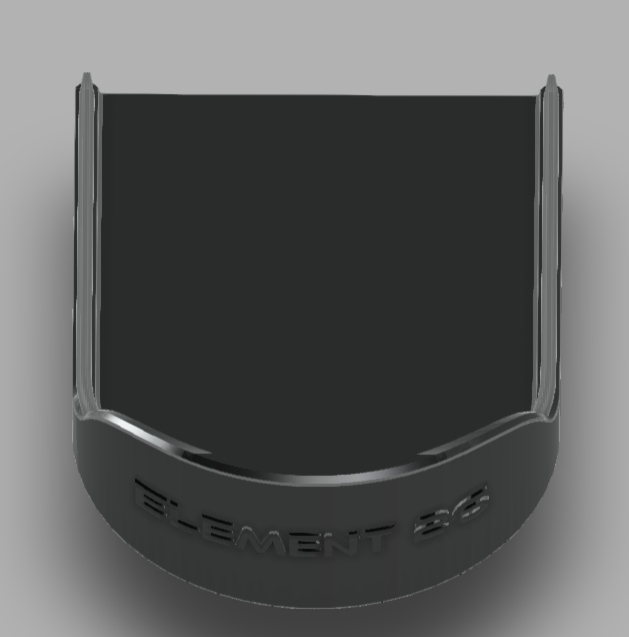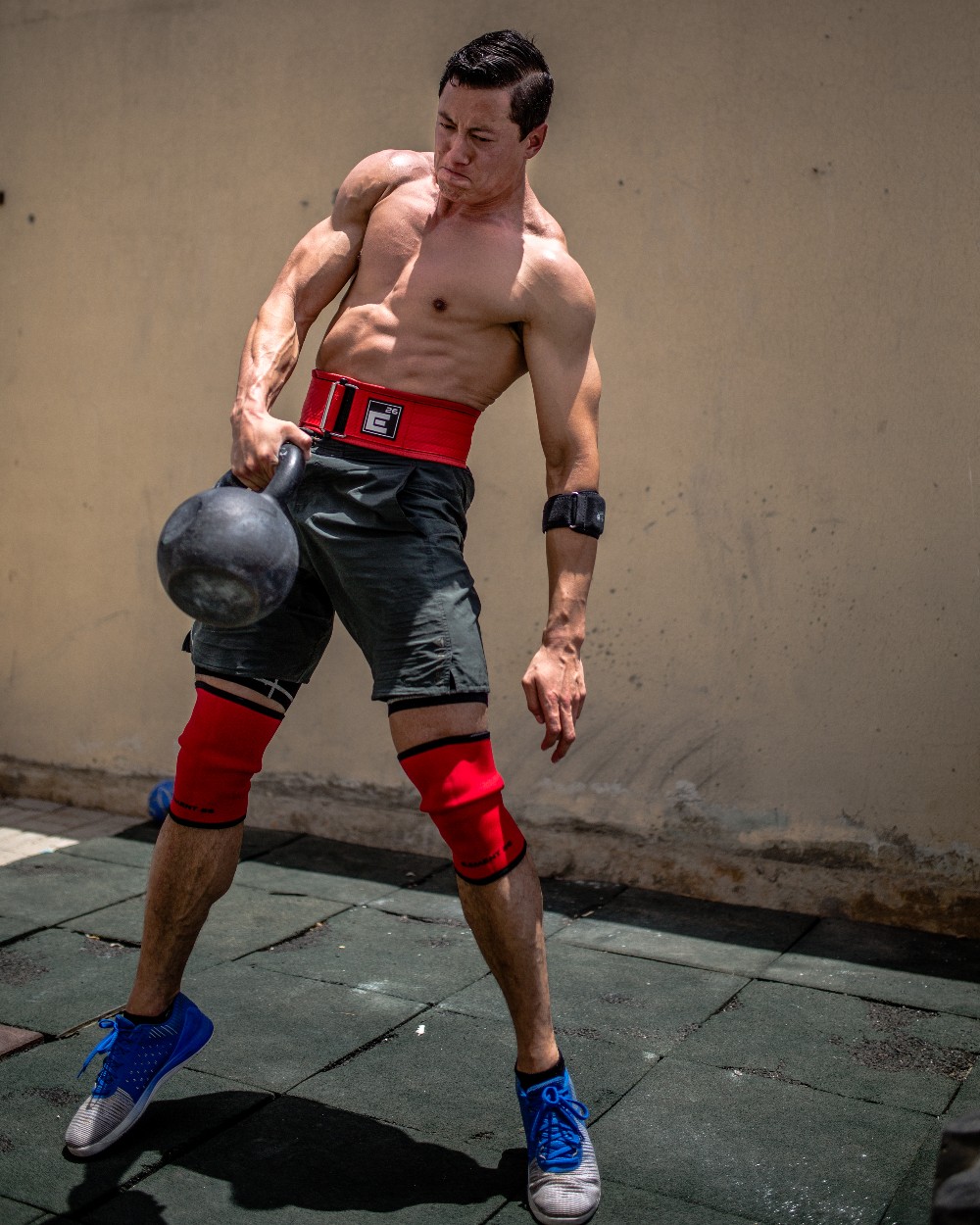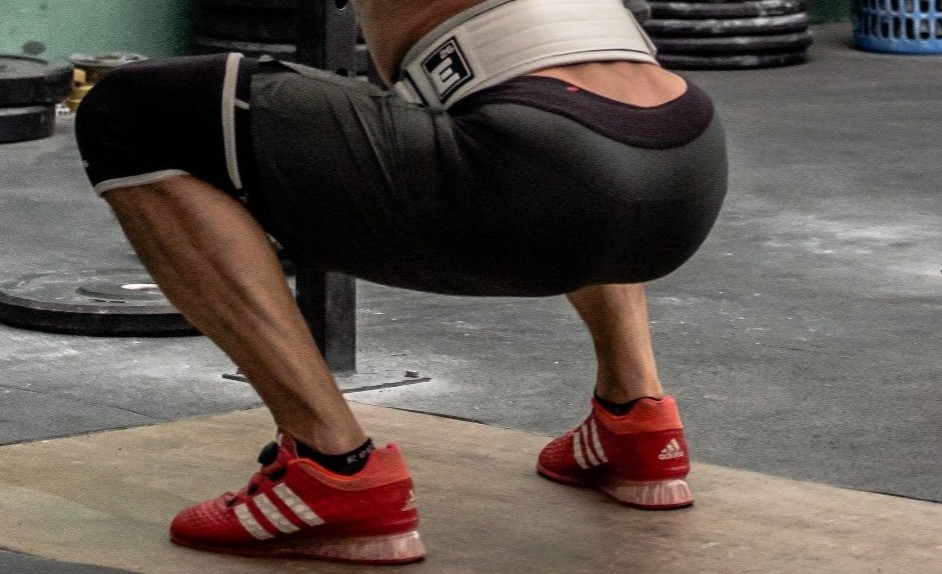Part 3 of the Perfect Squat Series: Equipment
Welcome to Part 3 of the Perfect Squat Series. Part 1 focused on three specific squat flaws and why these are issues and part 2 focused on the fix for those issues. This blog will explain assistive and performance equipment for the squat.
Assistive/Rehabilitative equipment: Any piece of equipment that is improving the squat pattern. These are to be used in conjunction with the biomechanical and movement related fixes. Check out part 2 for those fixes (link below in the recap).
Performance equipment: Any piece of equipment that is improving overall performance after all the squat flaws have been fully addressed and no symptoms/pain are present.
Let’s quickly recap Part 1 and Part 2.....
Restricted/tight ankles
Increased hip impingement, knee pain, low back pain, ankle pain
Low back extension
Increased back tightness, increased hip pain, groin tightness/pain
Low back rounding
Increased back pain, knee joint pain/swelling, hip tightness/pain
Restricted/tight ankles
Loosen up the calf/lower leg muscles with foam roller or firm ball, mobilize the joint (if necessary) with a band, stretch the calf
Low back extension
Loosen up the hips with foam roller or firm ball, mobilize/stretch the hip joint, perform abdominal strengthening activities and practice the squat position/pattern with the new range of motion
Low back rounding
Similar fixes as above, loosen up the hips with foam roller or firm ball, mobilize/stretch the hip joint, perform abdominal strengthening activities and practice the squat position/pattern with the new range of motion. Also note that everyone’s hip joint will be different therefore adjusting the foot position must be considered (example: toes pointed slightly outward without taking a wider than hip-width stance)
*Now what happens when you have performed all the above, yet you still have limitations and potentially pain? That’s where the Assistive equipment fits in.
*On the other hand, the performance equipment is there to take your performance to the next level AFTER you have achieved a proper squat pattern without pain/symptoms.
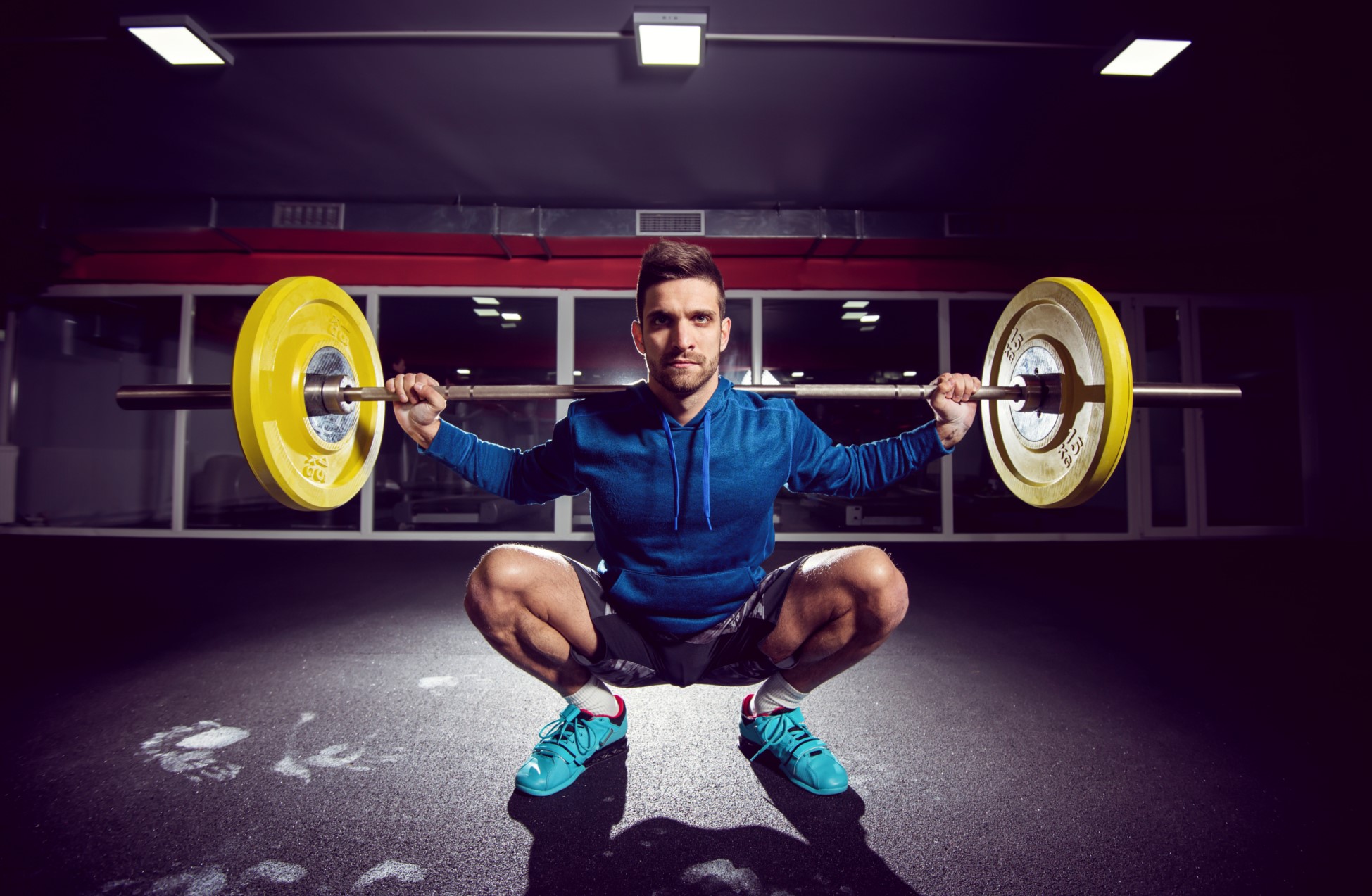
EQUIPMENT
What I am about to share with you is something that the product developers at Element 26 have been working on for a long time. This is the FIRST TIME publicly mentioning this product and we want YOU to be the first to know it. This prototype is PATENT PENDING as we are sure it will not only assist your squats, but also improve your performance.
The Element 26 Heel Lift (Prototype)
How the lift assists your squats:
- With tight ankles this will allow proper position in the hips, back, and knees while continuing to improve the squat pattern and work on mobility
- Utilized with athletes who may have flat-feet and tight/restricted ankles in order to rehabilitate knee-hip injuries
- Able to achieve a lower body “training effect” while working through ankle injury. This will prohibit excessive motion at the ankle during a lower body movement (ex squat, single-leg squat, and clean-style deadlifts). Keep in mind the ability to weight bear on one leg is necessary for any lower body movement after an ankle injury.
How the heel lift enhances your performance
- Stable support surface for squatting and single leg movements
- For those with ankles that are truly limited by bone structure, this will allow lower extremity loading without compensating up into the hips and lower back
- Quadricep hypertrophy and mass gain
- Increased hip flexion for increased glute recruitment and mass gains
- Compared to squat shoes, these can come off and put on easily when moving between different exercises (example: supersetting box jumps and squats). “Squat shoes”, “lifters” or “oylmpic lifting shoes” are great, but they do not allow much flex in the mid-foot or toe region of the shoe which is necessary for the ability to jump.
Product details:
- 20mm heel-toe drop
- Can accommodate men’s shoe size up to size 18
- Solid, non-slide base
- Includes adjustable slide rail to offer ability to strap in your shoe
Resistance Bands
**Keep in mind I am referring to the thicker bands typically used as resistance for barbell movements. Not the thinner bands with the handles for upper extremity movements.**
How bands assist your squats:
- Ankle Mobility with the Band. This was touched on in Part 2 in regards to ankle/joint mobility. The band was strapped on the ankle joint to apply pressure to the talus (ankle bone below the tibia). To be more specific, the talus is pulled backwards to allow more forward transition of the tibia. This enhances ankle range of motion in the squat.
- Hip mobility with the Band. this traction works best after foam rolling and the firm ball (ex. lacrosse ball) have been applied to the tissue around the hip. Once the hip is looser, wrap the band around your thigh and pull the femur outwards. This will improve the hip motion in the squat by “opening up” the back of the hip. (Image 1)
- Knee Joint Gaping with the Band. Apply a band around both knees like the picture below, then perform body-weight squats while the band pulls the knee forward. This is also a great squatting cue to allow the knees to move forward. Do not perform this if you currently have a torn ACL or recently repaired ACL as this technique improves mobility, we don’t want that on a knee that’s already too mobile. (Image 2)
**Note these techniques are only as effective as the movement that is placed upon them afterwards. The squat pattern needs to be on point.**
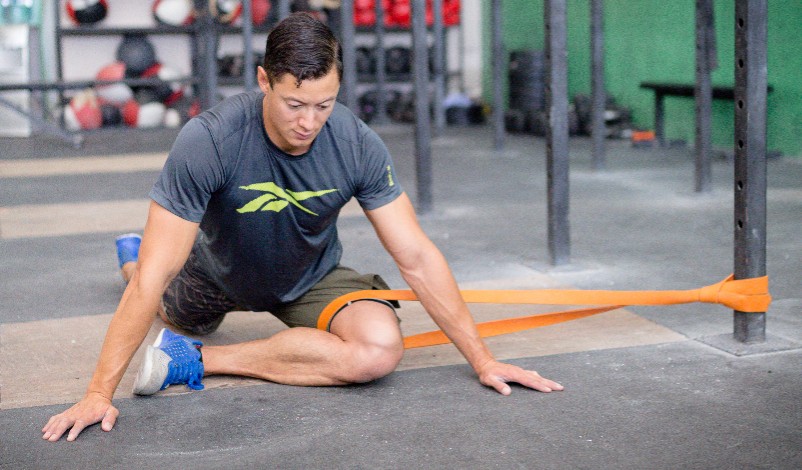
(Image 1)
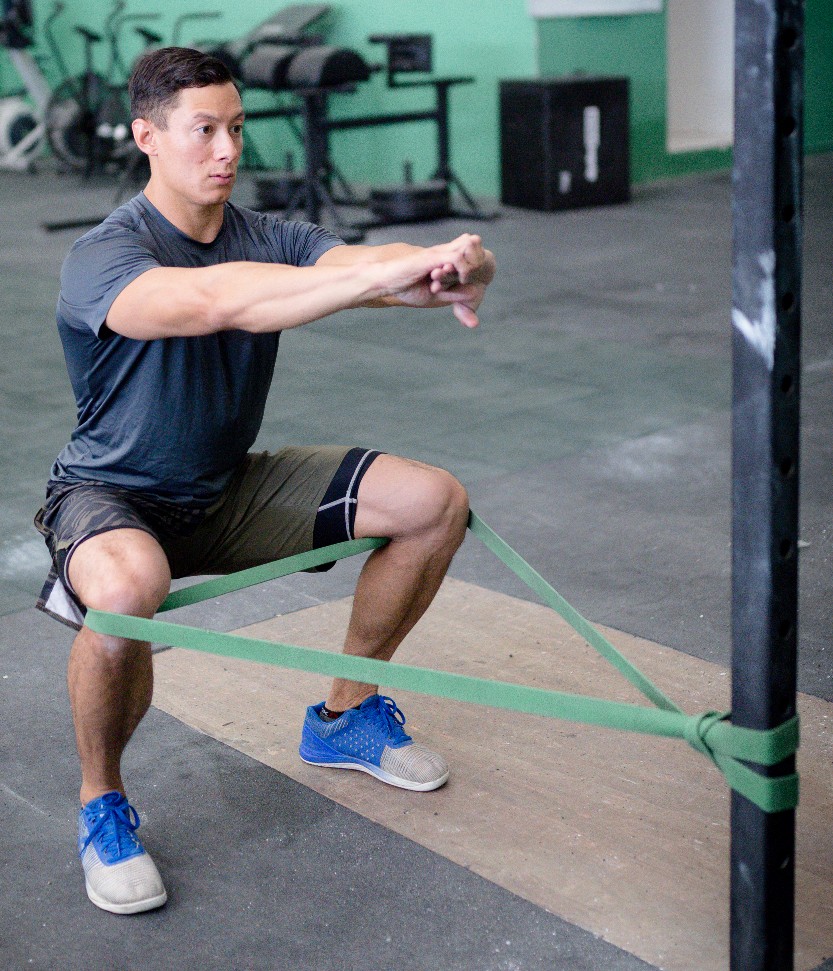
(Image 2)
Weight Lifting Belt
How a belt enhances your performance:
- A weight belt IS NOT a back brace, DO NOT use it to fix your back pain
- This is a tool used after your squat form has been mastered and you are starting to increase the weight
- Once the form has been addressed, the belt serves as a tactile cue by providing a sense of “touch” which improves stability to the abdominal region
- The belt also allows the pressure within the abdominal cavity to increase which stabilizes the spine. But this can only be done once your form is in the right position
- What’s great about the Element 26 Weight Lifting Belt is that it’s lightweight, durable, unlocks and locks quickly, self-locks, won’t pop open, and sufficiently increases abdominal pressure
Knee Sleeves
How sleeves enhance your performance:
- Knee sleeves will increase tissue temperature by increasing blood flow. This allows for enhanced joint mobility and a lower pain threshold.
- They will compress the knee (similar to the weight belt) and provide tactile/sensory feedback to the brain that the knee is more stable; this allows more work to be performed.
- The compressive effect also reduces inflammation which sends information to the brain about surrounding tissue length; increasing joint mobility.
Weight Lifting Shoes
How shoes enhance your performance:
- Function same as the heel lifts mentioned above
- Provide stable base for squatting
- Limits compensations up the chain for tight ankles
- Enhances quad/glute hypertrophy/growth
Main Differences between heel lifts and shoes
- Cannot easily remove the shoes mid-lift as you would the heel lift while continuing to perform other movements (example: performing a set of cleans or squats then transitioning quickly to box jumps or jump rope).
- Jumping in the shoe is restricted given the limited flex in the mid-foot, which is needed to place more force through the ball of the foot for propulsion; this is easier to do with a flat trainer shoe or running sneaker.
- The shoe attaches to your foot which can benefit a heavier Olympic Lift or Powerlift movement
Well that’s a wrap for the Perfect Squat Series. If there was anything I did not mention or you have further questions, please do not hesitate to reach out! Me and my team are here to help you. We can be reached at the following handles:
Email: support@element26.co
Facebook Page: Element 26
Facebook Group: The Athletic Weightlifter


